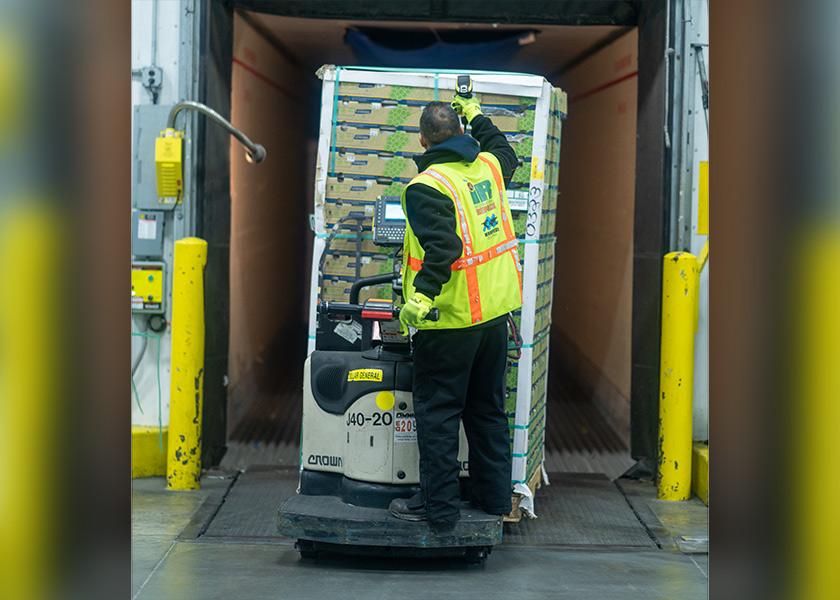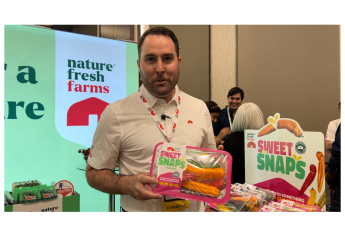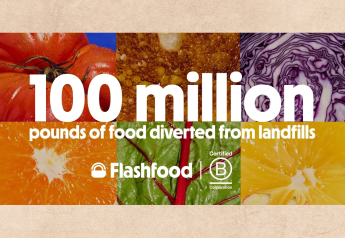Why hauling produce can be so challenging

Delivering a load of fresh fruits or vegetables on time and in good condition is no easy task.
“You can find a driver, but to find the quality of driver that it takes to service the produce industry is always challenging because of the challenging nature of produce,” said Adam Lewis, head of logistics for the Manfredi Cos., Kennett Square, Pa. “You’ve got to be an expert.”
“It’s a highly specialized part of the industry,” agreed Dean Croke, principal industry analyst at DAT Freight & Analytics, with headquarters in Beaverton, Ore., and Denver. “You’ve got to be cut out for it.”
Drivers must have a sense of urgency and understand all the components in place when they’re transporting produce, Lewis said.
“You’re moving something that’s dying the moment it’s picked,” he said.
Operating late-model equipment — no more than three years old — is a must for a successful carrier, Croke said.
“People are reluctant to load a very expensive load of cherries in an old refrigerated trailer,” he said.
Related: Plunging freight rates could head upward
Trucks often must make multiple pickups from several farms to consolidate a full load, he said, which can make hauling produce “a little bit more costly and cumbersome” on the pickup end.
Early morning deadlines, before buyers arrive and when employees are tired, adds to the challenge.
“You have to have reliable equipment, and you’ve got to be a really good operator to make the market deadline,” Croke said.
Some products are more challenging to deliver in good condition than others, said Michael Fernandes, director of sales for John Green Logistics, Titusville, Fla.
“Berries and asparagus are usually the hardest commodities to haul,” he said, because they’re so fragile.
Stone fruit, apples and oranges can tolerate a rougher ride.
Drivers must be aware of what products are on their trucks, he said.
They often use air bags to protect the produce and drive in teams on certain loads to ensure a quicker delivery.
Sometimes, husbands and wives team up to cut the time for longer trips.
“A four-day trip becomes a two-day trip,” Fernandes said.
Lewis added mushrooms and avocados to the most-sensitive, high-value list, but he said that “every grower’s product is the most sensitive when you’re hauling it.”
Drivers must be aware of temperature sensitivity and pickup and delivery times, and
fresh produce can’t sit a warehouse and ship when it’s convenient, he said.
Sometimes products have been delayed several days on a vessel or at a USDA facility by the time the carrier even receives them.
Related: DAT — June contract truck rates at the lowest level in nearly two years
About 99% of the volume handled by family-owned Patrice Logistics in Miami, part of Buffalo, N.Y.-based LDi, also known as Logistic Dynamics, is produce, said CEO Laura Rodriguez.
She said rates tend to move upward around the holidays when drivers tend to stay near their home locations or take vacation time off.
And she advised anyone looking to secure carriers to do a bit of research to be sure they’re hiring a reliable carrier that has adequate insurance, especially with the proliferation of newly formed trucking operations.
Hauling fruits and vegetables can be more costly than hauling other commodities, even other refrigerated products, Croke said.
In late July, the average freight rate for a cross-country refrigerated load was $2.50 per mile, he said. For fruits and vegetables, the rate was $3.68 per mile.
The cost of insurance also is higher for high-value loads.
Good communication and being proactive is key to hauling and delivering product efficiently, Lewis said.
“It’s over planning and trying to be really good on the execution side,” he said.
Manfredi knows what questions to ask about pickup and delivery times, locations and transit times and is aware of challenges drivers can face, he said.
“It’s a very collaborative approach from the shipper and receiver and the truck,” he said.







